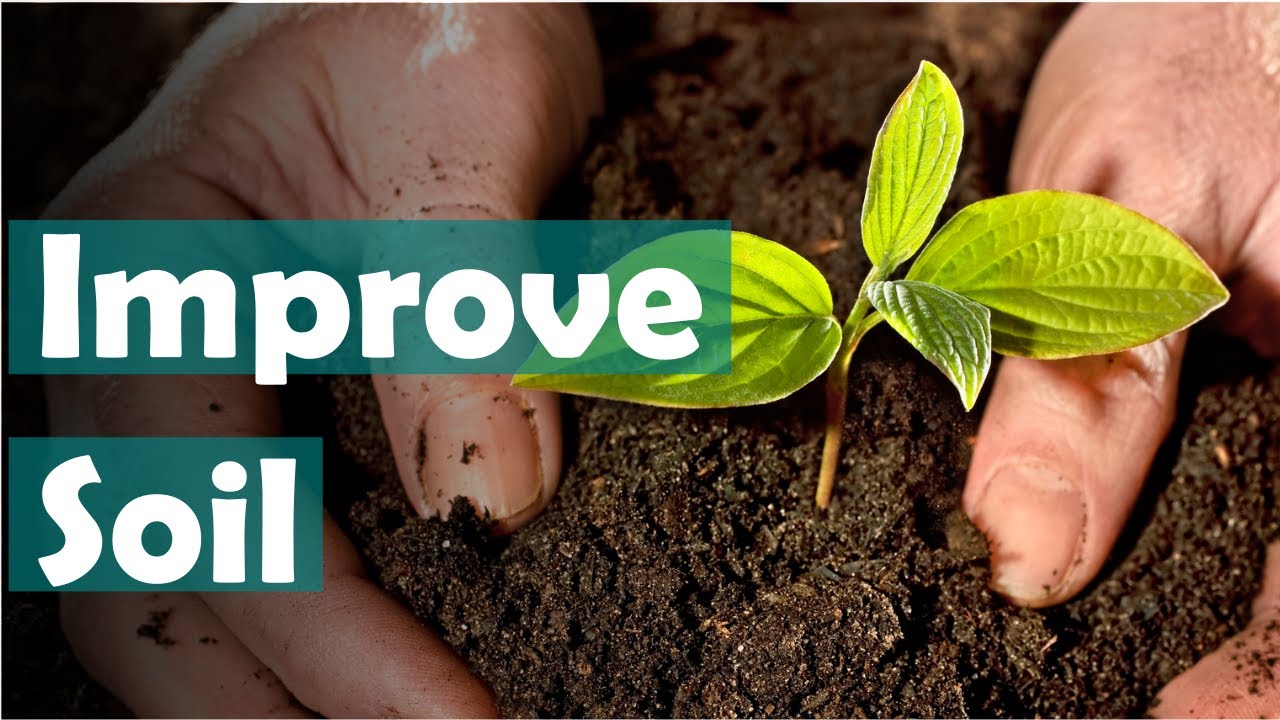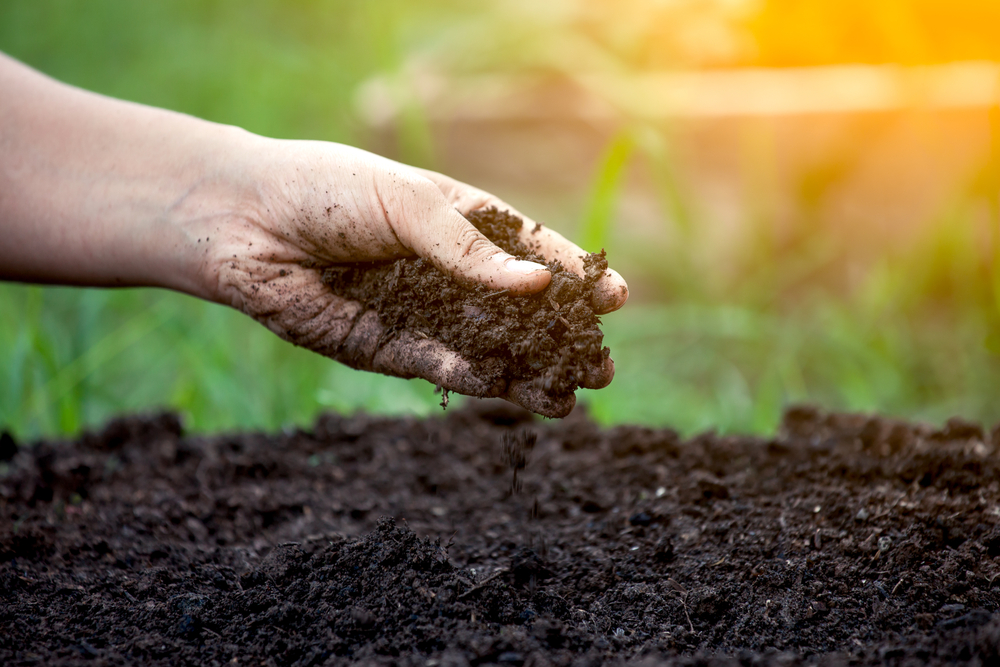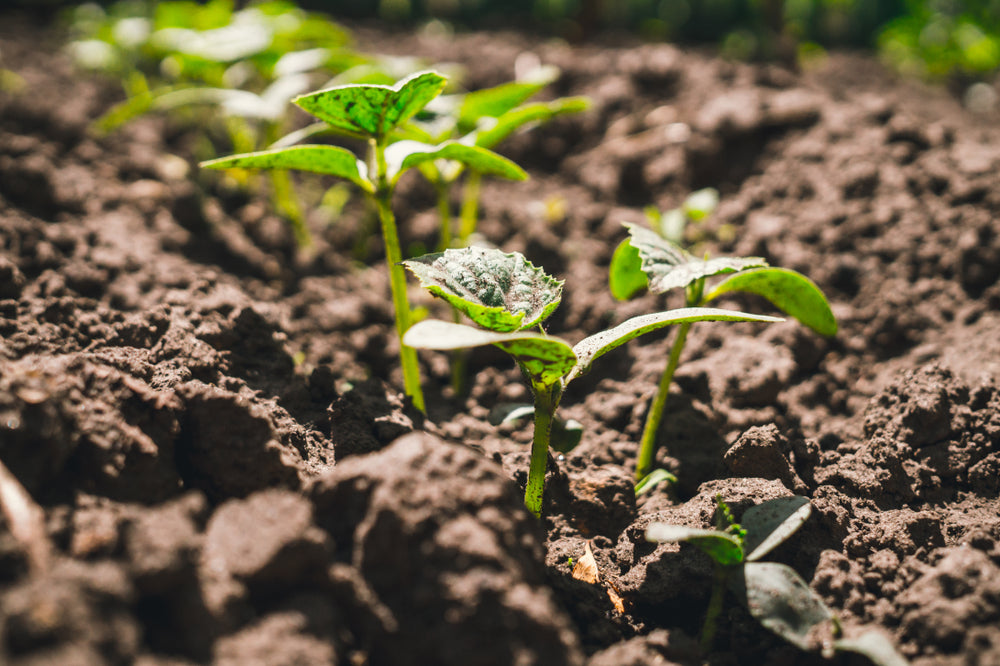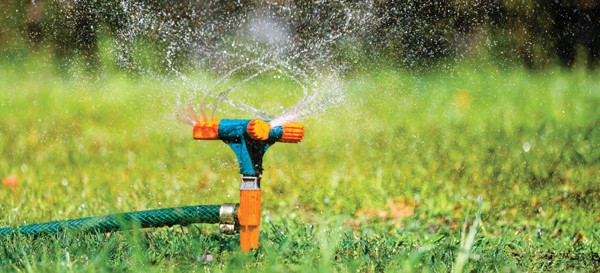Contents
Key Takeaways
-
Discover the essentials of soil health and why it’s crucial for a thriving garden.
-
Learn about ergonomic tools and techniques to make soil work easier for seniors.
-
Understand soil composition and the role of microorganisms in soil health.
-
Get practical tips on composting, mulching, and choosing the right organic amendments.
-
Explore the benefits of cover crops and companion planting for improving soil quality.
Unlock Your Garden’s Potential

As we step into the golden years, our passion for gardening doesn’t wane; if anything, it grows stronger with the wisdom of experience. Gardening is not just about the beauty of flowers or the taste of homegrown vegetables; it’s about the intimate connection with Earth’s natural cycles. And at the heart of these cycles lies the soil—our garden’s foundation.
The Importance of Soil Health
Healthy soil is like a bustling city beneath our feet, teeming with life and activity. It’s not just dirt; it’s a living, breathing ecosystem that sustains plants and, by extension, us. Soil health dictates how well our plants grow, how much water they need, and how they resist pests and diseases. Therefore, nurturing our soil is perhaps the most important task we have as gardeners.
Starting with the Soil Basics
Before diving into the complexities of soil health, let’s ground ourselves in the basics. Soil is composed of minerals, organic matter, water, and air. But it’s the organic matter—decaying leaves, roots, and organisms—that truly brings soil to life. It’s this organic component that we’ll focus on enriching to improve our garden’s vitality.
The Science Beneath Your Feet

Now, let’s get a little scientific. Understanding what goes on in the soil is key to improving its health. Most importantly, we need to foster a diverse and active community of microorganisms, as they play a critical role in breaking down organic matter and making nutrients available to plants.
Understanding Soil Composition
Soil composition is a delicate balance of sand, silt, clay, and organic matter. Each component plays a role in the soil’s texture, drainage, and nutrient-holding capacity. We aim for a loamy soil, which is an ideal mix that holds moisture yet drains well, and is rich in nutrients and organic matter.
Microorganisms: The Unsung Heroes
Microorganisms, though unseen, are the unsung heroes of soil health. They include bacteria, fungi, protozoa, and nematodes, each contributing to the soil’s nutrient cycles. By fostering a healthy microbial community, we ensure that our soil is vibrant and full of life, ready to support our plants.
Simple Steps to Superior Soil

Improving soil health isn’t just for the seasoned green thumb; it’s a journey anyone can embark on, especially our wise seniors who have a wealth of patience and attention to detail. Let’s delve into some simple, yet effective steps to create that fertile foundation for your garden.
Composting for Nutrient-Rich Soil
Composting is a fantastic way to recycle kitchen scraps and yard waste into gold for your garden. Not only does it reduce landfill waste, but it also enriches the soil with vital nutrients. Start with a simple compost bin and add a mix of green materials like vegetable peelings and brown materials like dried leaves. With a little time and occasional turning, these scraps transform into a rich additive that will make your plants thrive.
Choosing the Right Organic Amendments
When it comes to amending your soil, the choices can be overwhelming. Here’s the simple truth: organic amendments are your best bet. They release nutrients slowly, improve soil structure, and encourage beneficial microbial activity. Look for aged manure, bone meal, or worm castings, and mix them into your soil to give your plants a healthy boost.
Example: My neighbor, Mr. Thompson, who’s in his seventies, swears by adding worm castings to his tomato plants. He says it’s the secret to the juiciest tomatoes on the block!
Remember, a little goes a long way, and it’s crucial to understand the needs of your specific soil type before adding amendments. You can have your soil tested or use a home testing kit to determine its needs.
Mulching: A Senior’s Best Friend
Mulching is a senior gardener’s best friend for several reasons. It conserves moisture, suppresses weeds, and over time, breaks down to further enrich the soil. Organic mulches like straw, wood chips, or even grass clippings can make a significant difference. Spread a layer around your plants, and watch as it works its magic, saving you time and effort in the long run.
Nature’s Allies: Using Plants to Enhance Soil

Plants are not just the beneficiaries of healthy soil; they can be active participants in improving it. Let’s explore how certain plants can become your allies in the quest for better soil health.
Cover Crops & Their Benefits
Cover crops, such as clover, rye, or vetch, are planted not to harvest, but to benefit the soil. They prevent erosion, improve soil structure, and can even fix nitrogen, a crucial nutrient for plants. After growing, you simply cut them down and let them decompose in place, adding organic matter back into the soil.
Companion Planting Strategies
Companion planting is the art of planting different crops in proximity for mutual benefit. For instance, planting marigolds among your vegetables can deter pests, and growing basil near tomatoes can enhance their flavor. Besides that, companion planting can help with pollination and even improve soil health through diversity.
These strategies not only make your garden more resilient but also turn it into a vibrant ecosystem. And as a senior gardener, there’s nothing quite like the satisfaction of fostering a self-sustaining slice of nature.
Water Wisdom: Irrigation and Conservation Tips

Water is life, especially in the garden. But as we all know, too much or too little can spell disaster for your plants. Here’s how to get it just right, while conserving this precious resource.
Efficient Watering Techniques
Efficient watering means giving your plants the right amount of water at the right time. Drip irrigation systems are a fantastic investment, delivering water directly to the plant roots and reducing evaporation. For a more hands-on approach, a watering can with a long spout allows for precision and control, making it easier on your arms and back.
Harvesting Rainwater for Your Garden
Harvesting rainwater is a smart and eco-friendly way to water your garden. By collecting runoff from your roof in barrels, you’re not only reducing your water bill but also using water that your plants will love. Plus, it’s a great way to stay active and engaged with your garden’s needs.
Gearing Up for the Golden Years of Gardening
As we embrace our senior years, we may find that tasks which once seemed effortless now require a bit more thought and care. Gardening is no exception, but with the right approach, it can continue to be a source of joy and fulfillment.
Ergonomic Tools for Easier Soil Work
To make soil work less taxing on our bodies, ergonomic tools are a game-changer. These are designed to reduce strain and increase efficiency. Look for tools with long handles to minimize bending, padded grips to reduce hand fatigue, and lightweight materials that are easy to handle.
Gardening Techniques That Reduce Strain
Besides ergonomic tools, certain gardening techniques can help minimize physical strain. Raised beds, for instance, bring the garden up to a comfortable level, reducing the need to stoop or kneel. Potting benches for container gardening can also make the task easier on the back and knees.
Seniors as Citizen Scientists

Embracing the role of citizen scientist can add a new layer of meaning to your gardening. By observing, recording, and analyzing what happens in your soil and garden, you contribute to a greater understanding of the environment. It’s a fulfilling way to apply a lifetime of knowledge and curiosity.
Soil Testing and Analysis
Understanding your soil’s current state is like having a roadmap for your gardening journey. Soil testing gives you the lowdown on pH levels, nutrient content, and more. It’s simple: you can either purchase a home test kit or send a soil sample to a local extension service. Armed with this knowledge, you can make informed decisions on how to amend your soil for optimal plant health.
Most importantly, regular soil testing can prevent you from over-amending, which not only saves you time and money but also keeps your garden eco-friendly. By knowing exactly what your soil needs, you avoid the unnecessary addition of fertilizers that can run off and harm local ecosystems.
Recording Your Observations: Garden Journals
Keeping a garden journal is like writing a personal history of your garden’s life. It’s a place to record when you plant, when you harvest, and everything in between. Note the weather, the growth of your plants, and any changes you make to the soil or garden layout. Over time, your journal becomes an invaluable resource, helping you understand what works best in your unique garden environment.
And there’s a bonus: the act of journaling is a peaceful reflection that can bring mental clarity and a sense of accomplishment. It’s not just about the soil; it’s about the story of your garden and your connection to it.
Example: After noticing her tomato plants were struggling, Mrs. Garcia checked her garden journal. She realized that she hadn’t added compost to the soil that season. Once she did, her tomatoes flourished, just as they had in previous years when she had enriched the soil.
Therefore, make it a habit to jot down observations regularly. It doesn’t have to be daily, but consistent entries will paint a clearer picture over time.
FAQ

Let’s address some common questions you might have as you embark on improving your garden’s soil health. These are the nuggets of wisdom that can make a real difference in your gardening endeavors.
What Are the Signs of Healthy Soil?
Healthy soil is dark, crumbly, and smells earthy. It holds moisture but drains well, and it’s teeming with earthworms and other beneficial organisms. When you squeeze it, it should form a loose ball that breaks apart easily. If your plants are thriving, with deep green leaves and strong growth, that’s a good indicator your soil is in great shape. For more in-depth information on creating rich soils, consider reading about Soil Building techniques.
How Often Should I Test My Soil?
Testing your soil every 1-2 years is a good rule of thumb. This frequency ensures that you’re keeping up with any changes in soil composition and can adjust your gardening practices accordingly. If you’re making significant changes to your garden or have encountered persistent problems, you might want to test more frequently.
Remember, soil health can change over time, so regular testing is key to staying on top of its condition.
Can I Improve Soil Health Without Chemicals?
Absolutely! Organic gardening practices are not only possible but encouraged. Using compost, organic mulches, and natural soil amendments like rock dust or green manures can significantly improve soil health without the need for synthetic chemicals. Plus, these methods support a sustainable and environmentally friendly garden ecosystem.
Are There Any Senior-Friendly Gardening Communities?
Yes, there are many gardening communities and clubs that welcome senior gardeners. These groups often share tips, seeds, and even organize garden tours. They’re a great way to stay connected, learn from fellow garden enthusiasts, and find support for your gardening projects. Check local community centers, libraries, or online forums to find a group near you.
Furthermore, many communities have public gardens or allotments where you can garden alongside others, share experiences, and enjoy the camaraderie that comes with a shared love of gardening.
What Should I Do If My Soil Is Too Acidic or Alkaline?
-
If your soil is too acidic, you can add lime to raise the pH level.
-
For soil that’s too alkaline, incorporating sulfur or peat moss can help lower the pH.
-
Using organic mulches can also help to gradually neutralize pH levels as they break down.
-
Always retest your soil’s pH after making amendments to ensure you’ve achieved the desired balance.
Understanding and adjusting your soil’s pH is crucial because most plants have a preferred pH range in which they thrive. By keeping your soil’s pH within that range, you’ll ensure your plants can absorb the nutrients they need to grow strong and healthy.
Remember, improving soil health is a process, not an overnight fix. But with patience and persistence, the rewards are bountiful—a lush, vibrant garden that’s a testament to your care and dedication. For more insights on nurturing your garden, explore our guide on organic fertilizers to help you achieve sustainable growth. Happy gardening!



